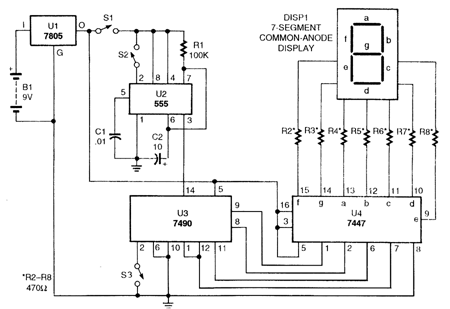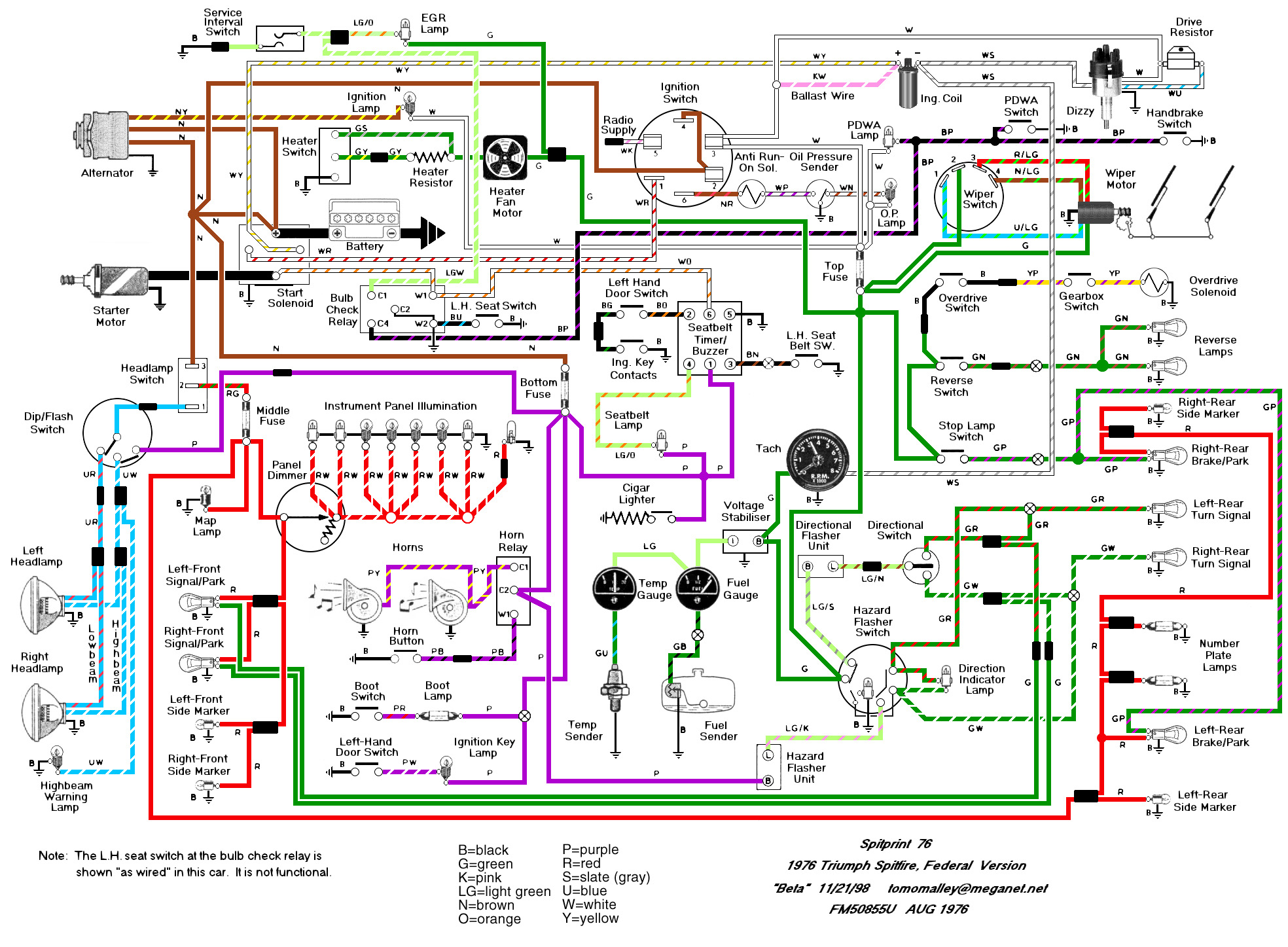
simple fire alarm circuit

A simple fire alarm circuit utilizes a light-dependent resistor (LDR) and a lamp for smoke detection. The system operates by detecting smoke generated during a fire. An audible alarm is triggered when smoke is present. In the absence of smoke, light from the lamp directly illuminates the LDR, resulting in low resistance and a voltage below 6V across it. Consequently, the transistor remains OFF, and no action is taken. When smoke obscures the light reaching the LDR, its resistance increases, causing the voltage across it to rise. This activates the transistor, which powers the integrated circuit (IC1), outputting 5V. This voltage powers the tone generator IC UM66 (IC2), which plays music that is amplified by IC3 (TDA 2002) to drive a speaker.
The fire alarm circuit employs an LDR as the primary sensing element, which is sensitive to changes in light intensity. The circuit is designed to be simple yet effective, making it suitable for basic fire detection applications. The LDR is positioned in such a way that it receives light from a lamp under normal conditions. When smoke is present, it scatters and absorbs light, increasing the resistance of the LDR, which leads to a rise in voltage across it.
The transistor acts as a switch in this configuration. When the voltage across the LDR exceeds a certain threshold due to increased resistance from smoke, the transistor turns ON, allowing current to flow to IC1. This integrated circuit is responsible for generating a stable 5V output, which is necessary for the operation of the tone generator IC UM66 (IC2). The UM66 is designed to produce musical tones, providing an audible alert when smoke is detected.
To ensure the sound is sufficiently loud, the output from the UM66 is fed into an audio amplifier IC, specifically the TDA 2002 (IC3). This amplifier is capable of driving a speaker, delivering a clear and audible alarm signal. The circuit's simplicity, combined with the effective use of readily available components, makes it an excellent choice for basic fire alarm systems. The design can be further enhanced with additional features such as a reset switch or a more sophisticated detection mechanism, depending on the application requirements.A simple fire alarm circuit based on a LDR and lamp pair for sensing the fire. The alarm works by sensing the smoke produced during fire. The circuit produces an audible alarm when the fire breaks out with smoke. When there is no smoke the light from the bulb will be directly falling on the LDR. The LDR resistance will be low and so the volta ge across it (below. 6V). The transistor will be OFF and nothing happens. When there is sufficient smoke to mask the light from falling on LDR, the LDR resistance increases and so do the voltage across it. Now the transistor will switch to ON. This gives power to the IC1 and it outputs 5V. This powers the tone generator IC UM66 (IC2) to play a music. This music will be amplified by IC3 (TDA 2002) to drive the speaker. 🔗 External reference
The fire alarm circuit employs an LDR as the primary sensing element, which is sensitive to changes in light intensity. The circuit is designed to be simple yet effective, making it suitable for basic fire detection applications. The LDR is positioned in such a way that it receives light from a lamp under normal conditions. When smoke is present, it scatters and absorbs light, increasing the resistance of the LDR, which leads to a rise in voltage across it.
The transistor acts as a switch in this configuration. When the voltage across the LDR exceeds a certain threshold due to increased resistance from smoke, the transistor turns ON, allowing current to flow to IC1. This integrated circuit is responsible for generating a stable 5V output, which is necessary for the operation of the tone generator IC UM66 (IC2). The UM66 is designed to produce musical tones, providing an audible alert when smoke is detected.
To ensure the sound is sufficiently loud, the output from the UM66 is fed into an audio amplifier IC, specifically the TDA 2002 (IC3). This amplifier is capable of driving a speaker, delivering a clear and audible alarm signal. The circuit's simplicity, combined with the effective use of readily available components, makes it an excellent choice for basic fire alarm systems. The design can be further enhanced with additional features such as a reset switch or a more sophisticated detection mechanism, depending on the application requirements.A simple fire alarm circuit based on a LDR and lamp pair for sensing the fire. The alarm works by sensing the smoke produced during fire. The circuit produces an audible alarm when the fire breaks out with smoke. When there is no smoke the light from the bulb will be directly falling on the LDR. The LDR resistance will be low and so the volta ge across it (below. 6V). The transistor will be OFF and nothing happens. When there is sufficient smoke to mask the light from falling on LDR, the LDR resistance increases and so do the voltage across it. Now the transistor will switch to ON. This gives power to the IC1 and it outputs 5V. This powers the tone generator IC UM66 (IC2) to play a music. This music will be amplified by IC3 (TDA 2002) to drive the speaker. 🔗 External reference
Warning: include(partials/cookie-banner.php): Failed to open stream: Permission denied in /var/www/html/nextgr/view-circuit.php on line 713
Warning: include(): Failed opening 'partials/cookie-banner.php' for inclusion (include_path='.:/usr/share/php') in /var/www/html/nextgr/view-circuit.php on line 713





